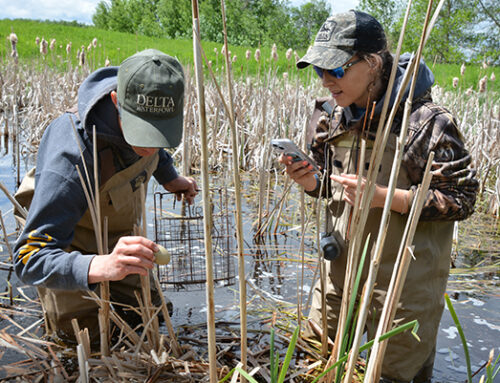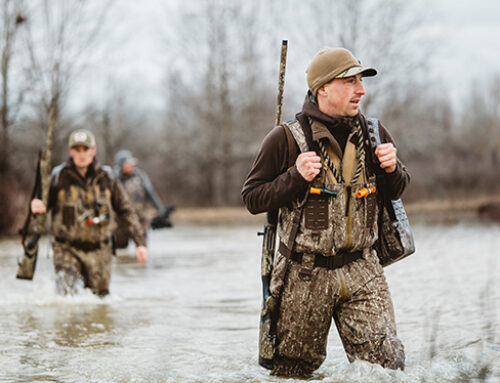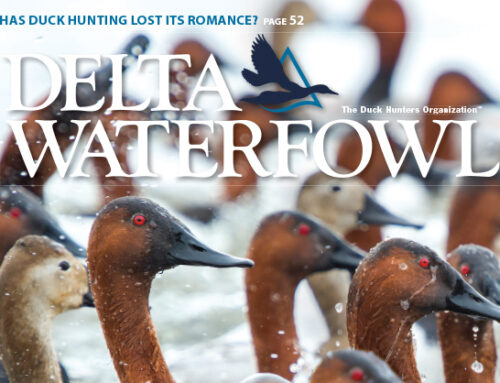Waterfowl Breeding Habitat Conditions as of Aug. 31, 2024

Nesting season may seem eons away right now, but conditions in late summer and early fall can affect next spring’s duck production.
Based on the most recently available data (a technical issue delayed release of September’s numbers), the U.S. portion of the prairie pothole region entered fall in much better shape than in 2023. Timely rains in late summer and early fall have solidified good-to-excellent conditions across South Dakota, eastern North Dakota, Minnesota, northwest Iowa, and central Montana. With an average snowpack, these areas could head into spring in some of the best conditions for duck production we’ve seen in five years or more.
Farther north, large parts of the crucial Canadian PPR—southern Alberta, Saskatchewan, and Manitoba—are still recovering from a prolonged drought. However, there’s been improvement over 2023 in north-central and prairie Alberta and most of Saskatchewan, and stronger gains across almost all of Manitoba. That said, an above average snowpack and consistent spring rains are needed to bring much of the Canadian prairie in line with longer-term average conditions.
The eastern survey area also remains in good to excellent condition. But the report is less encouraging for the Pacific Flyway, with southeast Alaska and large parts of California much drier than last year. British Columbia, Washington, and Oregon continue to struggle with ongoing moisture deficits, too.
Stay tuned: Here’s hoping that a cold, snowy winter brings plenty of good news come April and May. —Mike Buxton






Leave A Comment